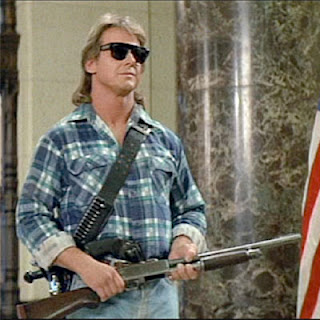
...The performance-capture process, in which a performer's movements and
facial expressions are recorded and then translated by computer into
the movements and expression of an onscreen character, has been used to
great effect in the "Lord of the Rings" films, in "Avatar," and more
recently in "Rise of the Planet of the Apes." It has also given rise to a whole genre of films that skirt a middle
ground between live-action and animation, from Robert Zemeckis's "The
Polar Express" and "A Christmas Carol" to the Oscar-winning "Happy
Feet."
The Short Films and Feature Animation Branch [of AMPAS] has been grappling for
years with the question of whether films based in motion capture are
truly animated. In 2010 the branch added specific language covering
motion capture to its rules for qualifying for the Best Animated Feature
Oscar. The rules point out that motion capture "by itself is not an
animation technique" and stipulate that "a significant number of the
major characters must be animated, and animation must figure in no less
than 75 percent of the picture’s running time," requiring that "movement
and characters’ performances are created using a frame-by-frame
technique."
Three films that could potentially qualify this year are affected by this rule...
We've talked about performance-capture filmmaking here before, but now that the Oscar season is in full swing, the question is being brought up once more as to whether certain films that rely heavily on P-cap can truly be considered animation, and therefore qualify for the Best Animated Feature category. It's a very thorny issue, because whatever side AMPAS ultimately falls on will undoubtedly have far-reaching repercussions: for instance, will P-cap performances finally be considered acting in the traditional sense and be judged as such?
I asked several friends (via Facebook) who are either animators by trade or well-versed in the history of animation whether or not they thought P-cap qualifies as animation. As you might imagine, the answers could not be boiled down to a simple yes or no.
The comparison to rotoscoping - animators tracing over live-action film - was brought up. Rotoscoping can also be used as a reference, as Walt Disney did when making Snow White and the Seven Dwarfs. Also, when it has been used directly, like in Ralph Bakshi's Lord of the Rings, the actors used as models generally have not been as well-recognized as someone like Andy Serkis has for his P-cap work. One notable exception is Max Fleischer's brother Dave, the model for the character Koko the Clown.
The consensus idea that my animation friends gravitated toward was that P-cap is filmmaking that requires an animator's eye and skill to succeed. The Polar Express and Tron: Legacy were cited as examples of sticking rigidly close to the original human model, and Peter Jackson's Lord of the Rings and Happy Feet as examples of deviating from the model, and the latter was agreed to be better. In this sense, they said, P-cap is a filmmaking tool and not a replacement for animation.
In terms of the Oscar animation race, the article quoted above makes mention of the possibility that three P-cap films - Mars Needs Moms, Happy Feet Two and Tintin - could make the difference in how many animated films will be eligible, and the big question raised is whether the Academy will risk displeasing someone as powerful as Steven Spielberg by ruling against him.
I tend to agree with my friends in that P-cap is a filmmaking tool. In terms of the Oscar animation race, it's hard to see the Academy telling Spielberg no, Tintin is not animation. I believe as more industry folks learn about the process, it'll eventually become more accepted, but that'll take time - and it still may not completely erase the idea that a P-cap performance, such as Serkis' in Rise of the Planet of the Apes, is not the same as a traditional live-action one.
Thoughts?
















































